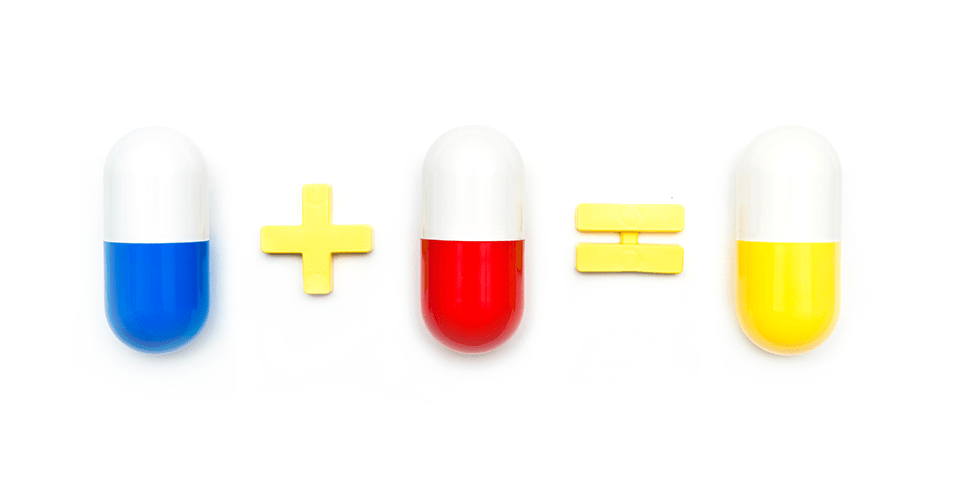Patients treated with antibiotic combination therapy were significantly less likely to die than those treated with a single antibiotic, say the authors of a new study.
The results of the study, a collaboration between Monash University’s Institute of Pharmaceutical Sciences (MIPS) and the University of North Carolina, could change the way patients with life-threatening drug-resistant infections across the world are treated.
Drug-resistant infections already claim more than 700,000 lives every year. Without concerted action, a United Nations panel warns, resistant infections could kill 10 million people annually by 2050, triggering an economic downturn that parallels the global financial crisis of 2008.
The World Health Organisation has identified the top three ’superbugs’ that pose the greatest threat to human health. One of these, carbapenem-resistant Klebsiella pneumoniae (CRKP), has become resistant to the most powerful antibiotics. In 2014 alone, CRKP caused more than 2.1 million serious infections worldwide, yet how patients suffering from these infections should be treated remains poorly understood.
The research, led by Monash PhD student Akosua Adom Agyeman, in collaboration with the senior author, Dr Cornelia Landersdorfer from MIPS, evaluated the results of 54 studies involving more than 3,000 patients with CRKP infections from seven countries, and revealed that more than 37 per cent of patients died despite antibiotic treatment.
“These contemporary data reiterate the fact that we’re running out of options in the treatment of infections caused by superbugs, which are increasingly being encountered in routine clinical settings,” Ms Agyeman said.
A promising strategy against drug-resistant superbugs is the use of antibiotic combinations. However, this study is the first meta-analysis on therapeutic outcomes of CRKP infections.
“The data presented in our study also emphasises the need for treatment optimisation,” Dr Landersdorfer said. “Our team conducts experimental and mathematical modelling research that develops novel strategies to optimise the choice and dosing of antibiotics in combination and maximise benefits for patients with life-threatening infections caused by superbugs.”
Despite global calls for new incentives to encourage antibiotic development, many major pharmaceutical companies have withdrawn, and the global antibiotic pipeline has stalled. Between 2000 and 2018, only 15 antibiotics were approved, compared with the 63 put to clinical use during 1980-2000. In addition, only a third of these new antibiotics belong to a new class targeting bacteria through novel mechanisms.
Equally concerning is that the time between the introduction of an antibiotic and the development of resistance has become increasingly shorter since 1970.
“We need better strategies to optimally dose our current antibiotics – as well as any new ones that become available – to suppress further resistance development and preserve their activity for the future,” MIPS Director Professor Chris Porter said.
The research is supported through the PharmAlliance partnership.






